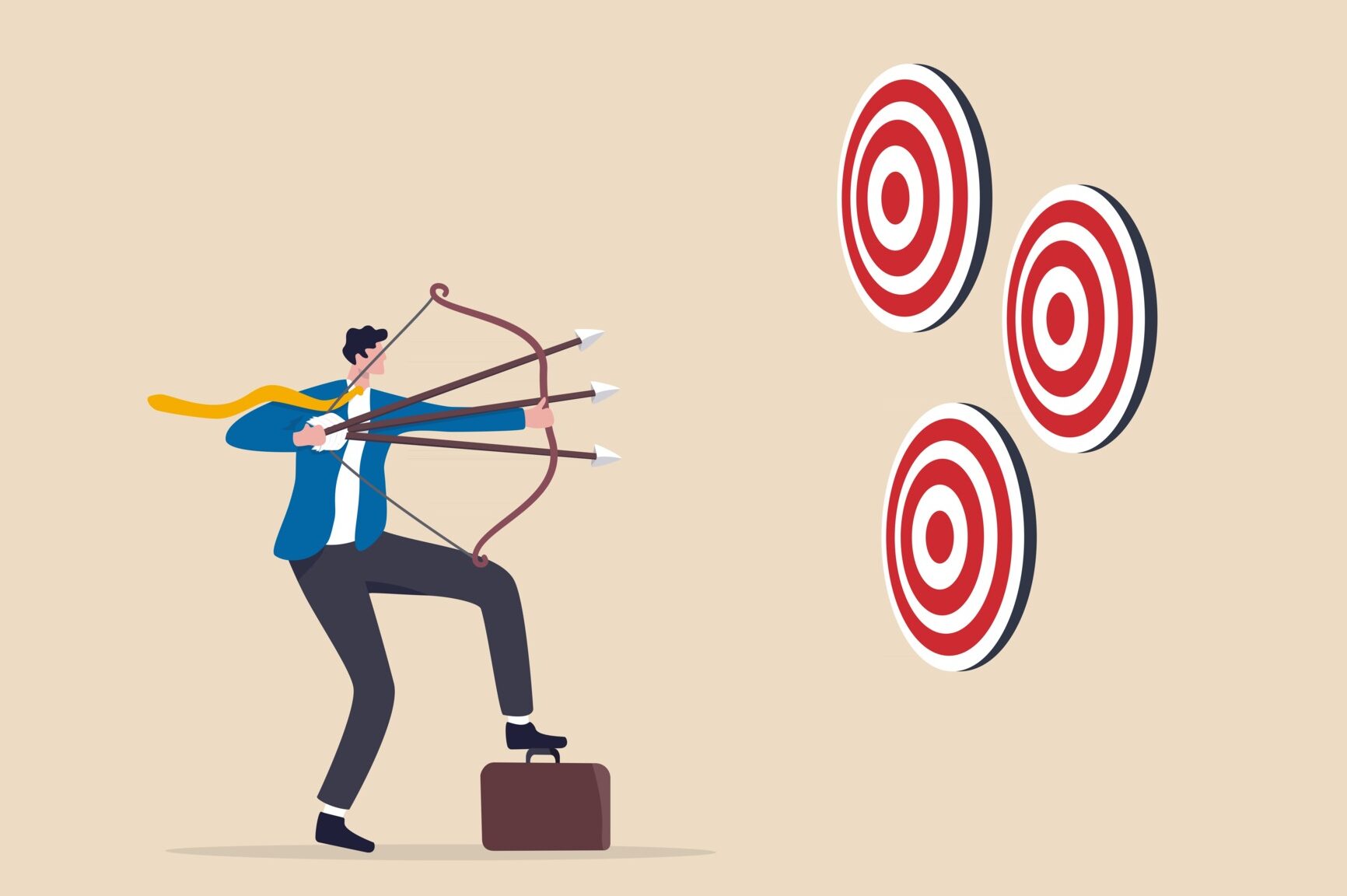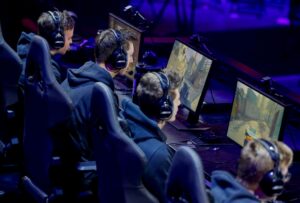
Mental preparation is a crucial aspect of sports performance, and visualization techniques are a powerful tool for any athlete looking to improve their game. Guided imagery, visualization, and mental rehearsal can all help maximize the efficiency and effectiveness of an athlete’s training. Sports visualization involves imagining oneself performing at a high level, and it has been shown to improve athletic performance. Visualization can also help athletes develop a positive mindset, which is essential for achieving success in sports. By incorporating visualization techniques into their training, athletes can condition their brains for successful performance and improve their overall game.
Developing a positive mindset is another key component of mental preparation for sports. Athletes who approach their sport with a “play to win” mindset understand that they cannot win unless they believe in their own success. Cultivating a positive mindset can improve an athlete’s enjoyment of their sport, increase their odds of victory, and lead to greater overall success. Giving positive feedback and encouragement to oneself and teammates can also help motivate athletes and improve their performance. By focusing on the positive aspects of their training and performance, athletes can develop the mental resilience needed to achieve their goals.
Setting achievable goals is another important aspect of mental preparation for sports. Goal setting can improve an athlete’s performance, influence motivation, and help build confidence. Setting specific, measurable goals can provide focus and motivation, and help athletes track their progress over time. Successful athletes rely heavily on setting and achieving goals, which provide focus and motivation in their daily lives. By articulating a winning aspiration, determining where to play, knowing how to win, and developing core capabilities, athletes can develop a winning strategy that leads to success in their sport.
Physical training and conditioning for optimal performance
Physical training and conditioning are essential for optimal performance in any sport. Building endurance and strength is crucial to maintain high levels of energy throughout a game or competition. Endurance training can include activities such as running, cycling, or swimming, while strength training can involve weightlifting and resistance exercises. Improving flexibility and agility is also important to prevent injuries and improve overall performance. Stretching and practicing movements specific to the sport can help improve flexibility and agility. Practicing technical skills, such as dribbling, passing, or shooting, is also essential to achieve success in any sport. By mastering these skills, athletes can improve their overall performance and increase their chances of winning.
Mental toughness is another crucial aspect of achieving success in sports. The level of an athlete’s success is in direct proportion to their level of mental toughness. Setting SMART goals can help athletes gain confidence and believe in their ability to succeed. Goal setting can improve performance, influence motivation, and help athletes stay focused on their objectives. Additionally, visualization and positive self-talk can help athletes stay mentally strong and focused during competitions.
In conclusion, physical training and conditioning, practicing technical skills, and developing mental toughness are all essential strategies for achieving success in any sport. Coaches and athletes should work together to create a comprehensive training plan that includes these strategies and adapts to the specific needs of the sport and the individual athlete. By doing so, athletes can increase their chances of winning and achieve their goals.
Strategies for achieving success in competition
Analyzing opponents and developing game plans is a crucial strategy for achieving success in competition. Understanding an opponent’s strengths and weaknesses allows athletes to develop effective game plans that can exploit those weaknesses and capitalize on their own strengths. This involves studying game footage, analyzing statistics, and paying attention to the opponent’s tendencies and patterns of play. By doing so, athletes can enter a competition with a well-informed approach, giving them a competitive edge. Creating a winning aspiration, determining where to play, and knowing how to win are key components of developing a successful strategy.
Effective communication and teamwork are also essential strategies for achieving success in sports. Research has shown that developing good communication between coaches and players results in better, more effective teams. Encouraging open communication between teammates and coaches, using team-building activities, and providing feedback can help athletes work together more effectively. Additionally, fostering a culture of collective responsibility, where teammates care for and support each other, can contribute to a stronger team dynamic. Learning to share credit for success and failure is also an important aspect of teamwork.
Adapting to changing situations on the field or court is another key strategy for achieving success in sports. Coaches and athletes must be able to make quick adjustments in response to unexpected situations, such as injuries, changes in the weather, or changes in the opponent’s strategy. This requires athletes to be mentally flexible and able to think on their feet, as well as having a deep understanding of their own abilities and limitations. The cascade strategy can help athletes identify their winning aspirations and develop the capabilities and strategies they need to win. Good coaching involves effectively manipulating task constraints to help athletes perform at their best. By utilizing these strategies, athletes can improve their chances of achieving success in their favorite sport.







